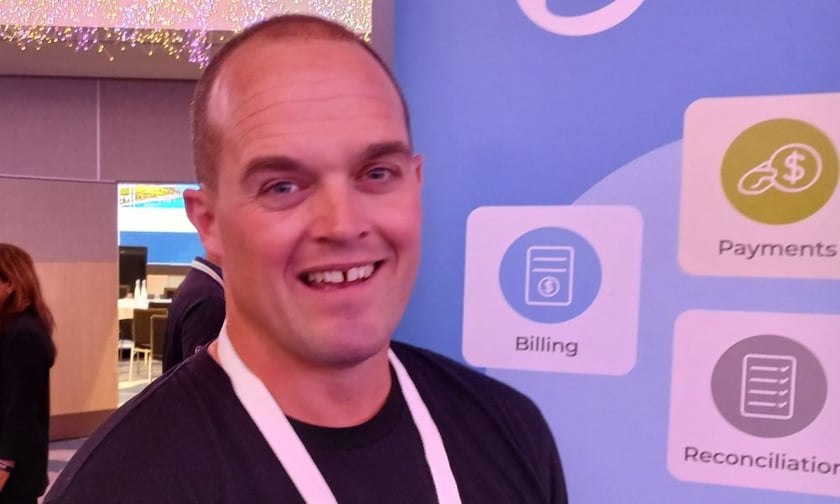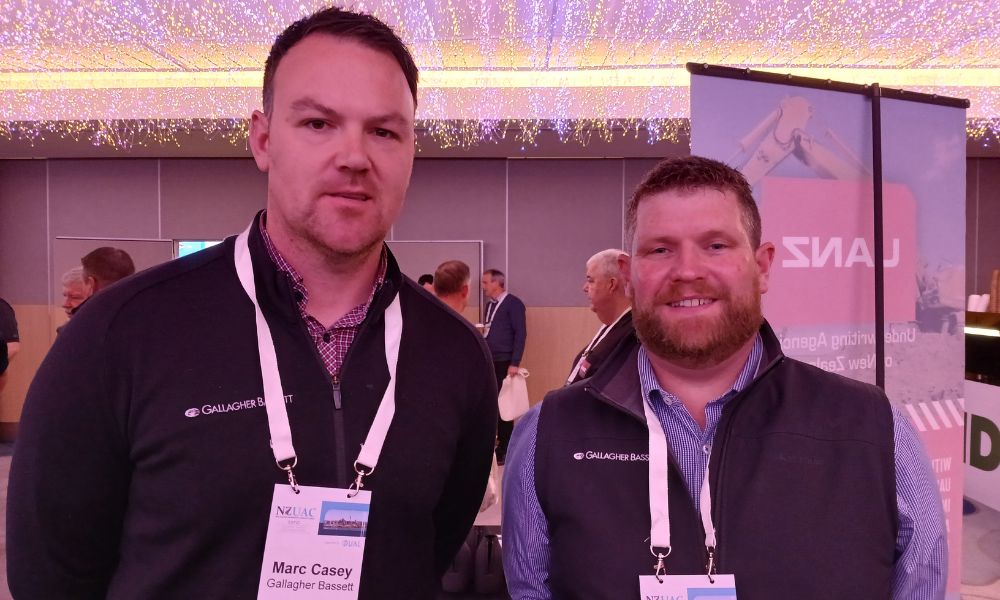

New Zealand’s regular succession of natural catastrophes, including the 2010-11 Canterbury earthquakes, the 2016 Kaikōura earthquake and regular floods and hailstorms have caused misery for thousands of people.
However, there is arguably one positive result from those tragedies - the local insurance industry has become better adjusted than some others to dealing with nat cats.
At the recent New Zealand Underwriting Agencies Council (NZUAC) Expo in Auckland, Insurance Business put this thesis to the test with some of the delegates.
Sean Quincy (pictured above), CEO of the insurtech Simfuni, agreed.
“We have been exposed to these large catastrophes time and time again which has meant the entire insurance community has had to collaborate very quickly to really help the customers and solve their problems,” he said.
Quincy’s Auckland-based firm provides software for the insurance industries in New Zealand and Australia.
Despite their devastation, he said nat cats have acted as catalysts and helped the country “lead the world in terms of technology, customer experiences and operational excellence.”
He said NZ’s small scale may also have helped.
“We haven’t had the ability to throw thousands of people at these problems,” said Quincy. “We’ve had to use tech to solve them, which has meant, in a fortunate way, the events have driven innovation and change in New Zealand faster than other markets.”
For example, he said that one of the industry’s biggest challenges – the claims process – has seen significant advances. He pointed to technology for third party administrators and the tech that allows insurers to scale up their operations. Also, he said, the use of interactive self-service systems.
“Clients can push through a full claim, get it assessed and get it paid out quickly,” said Quincy.
The systems in place for customers paying premiums in NZ, he said, also tend to be very flexible.
“From my perspective, what we’re doing in claims, what we’re doing in payments, is really revolutionary and world leading,” he said.
Marc Casey (pictured below, left) is motor operations manager for Gallagher Bassett (GB), based in Auckland.
He said the frequency of catastrophes like earthquakes, hailstorms and floods have pushed third party administrators like GB to think out of the box.
“It’s required very proactive thinking in terms of what can we do to help with either overflow or a set amount of claims,” said Casey.
He said the firm’s planning, partly as a response to nat cats, is very action focused and ready for quick deployment.
“We’ve got the ability to flex and scale upwards at short notice and bring people in,” said Tim Allan (pictured below, right), GB’s operations manager for project management and loss adjusting.
He said GB’s training processes are also geared towards preparing new hires very quickly. Their global reach also helps.

“We can draw in a lot from overseas experience, which we did last year during the Auckland floods,” said Allan. “We had people help us from the American and Australian sides of the business.”
He suggested that the mix of staff at GB had also been influenced by the frequency of nat cat events. The firm, he said, has many ex-builders but also very experienced assessors and loss adjusters.
Other delegates at the expo agreed. NZ has learned a lot from its nat cat experiences.
“I think in that broader context, New Zealand can be seen to be ahead of the world in some areas,” said Travis Atkinson, general manager of operations for Insurance Advisernet New Zealand.
“We’ve done some things right to manage and maintain reinsurance support for NZ,” he said. “Globally, very few countries have, effectively, full perils cover.”
Ryan Clark, executive director of Commercial for 360 Underwriting Solutions Group, said local insurance firms tend to be open to collecting multiple ideas before coming up with an insurance offering.
“One thing I think we do well in New Zealand is that we’re not stuck in our ways,” he said.
Luke Scott, regional development manager for Market Lane Insurance Group New Zealand also agreed with IB’s question.
“It’s a case study in, as you say, natural catastrophe risk,” he said.
Are you an insurance industry stakeholder? What do you think the industry has learned from nat cats? Please tell us below
